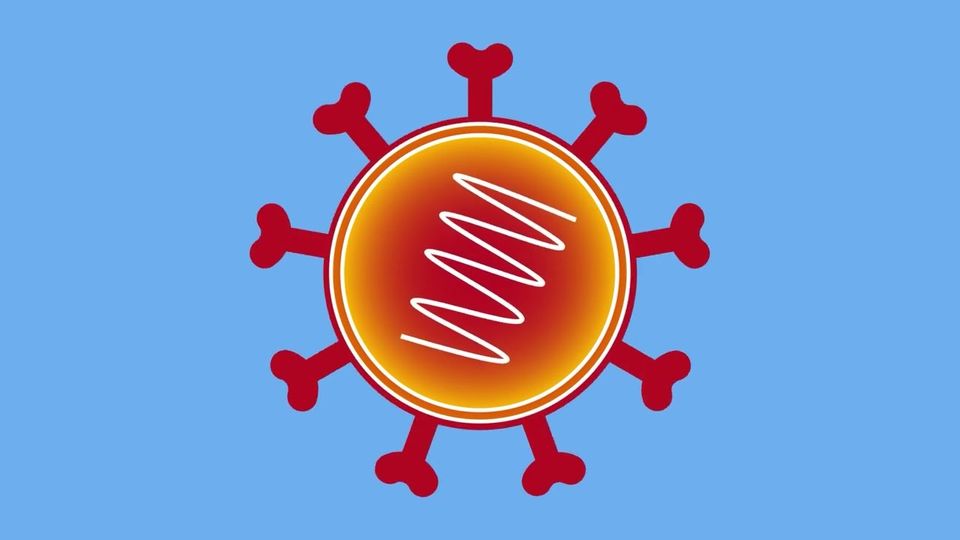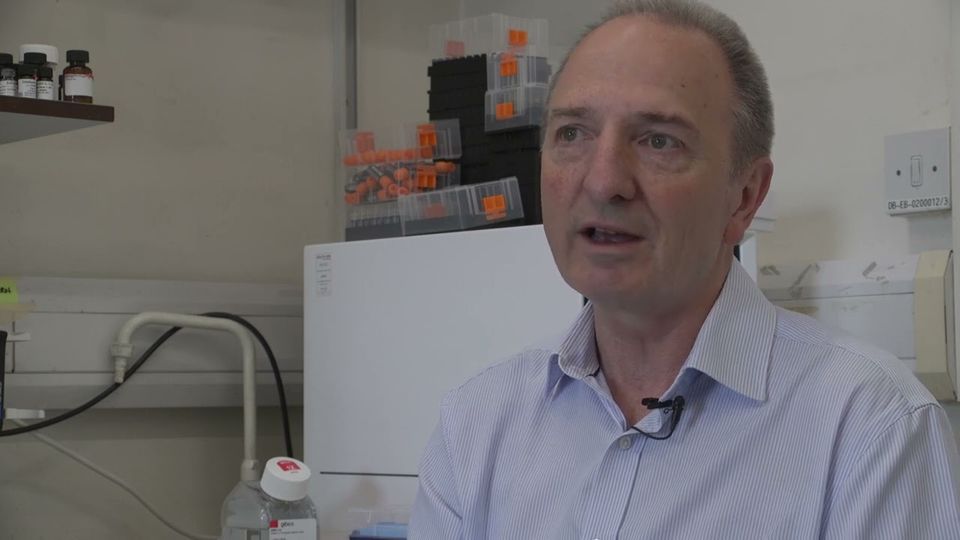Viruses are so simple we can make them in the lab. We have been doing that since the late 1970s when scientists first developed techniques to artificially recreate viruses, including poliovirus, as research tools.
Forty years later, a novel oral poliovirus vaccine (nOPV) strain that is effective at inducing protective immunity while also being attenuated and strongly resistant to reversion to virulence has been generated using recombinant virology in a collaborative effort between scientists around the globe (read more).
But what is recombinant virology? What benefits can it bring? What are its advantages over traditional methods in fields such as vaccine creation? And how do scientists and regulations keep us safe? This is exactly what the Institute of Infection's Communicators in Residence explored in this three-part video series, which was produced in collaboration with Professor Wendy Barclay, Dr Jonathan Brown, and Dr Andrew Macadam.
What is recombinant virology?
This animation explores what recombinant technology is and how it works.
Recombinant virology and the polio vaccine
Dr Andrew Macadam, Principal Scientist at the Medicines and Healthcare products Regulatory Agency (MHRA), explains how recombinant biology made the polio vaccine better.
Safety and regulations for recombinant virology
Dr Jonathan Brown, from the Professor Wendy Barclay lab, discusses how researchers and regulations keep recombinant virology research safe.
Meet the team: Communicators in Residence
Vanessa Hayes
/prod01/channel_3/media/imperial-college/research-centres-and-groups/institute-of-infection/VanessaHayes.jpeg)
Vanessa Hayes
Bella Johnson-Martin
/prod01/channel_3/media/imperial-college/research-centres-and-groups/institute-of-infection/Bella-Johnson-Martin.jpeg)
Bella Johnson-Martin
Charlie Nicholas
/prod01/channel_3/media/imperial-college/research-centres-and-groups/institute-of-infection/CharlieNicholas.jpg)
Charlie Nicholas
Meet the team: Recombinant virology scientists
Professor Wendy Barclay
/prod01/channel_3/media/imperial-college/research-centres-and-groups/institute-of-infection/barclay_1607508162240_x2.jpg)
Professor Wendy Barclay
Head of Department, Department of Infectious Disease



/prod01/channel_3/media/imperial-college/research-centres-and-groups/institute-of-infection/Jonathan-Brown-image.jpg)
/prod01/channel_3/media/imperial-college/research-centres-and-groups/institute-of-infection/Andrew-Mcadam-image.JPG)
